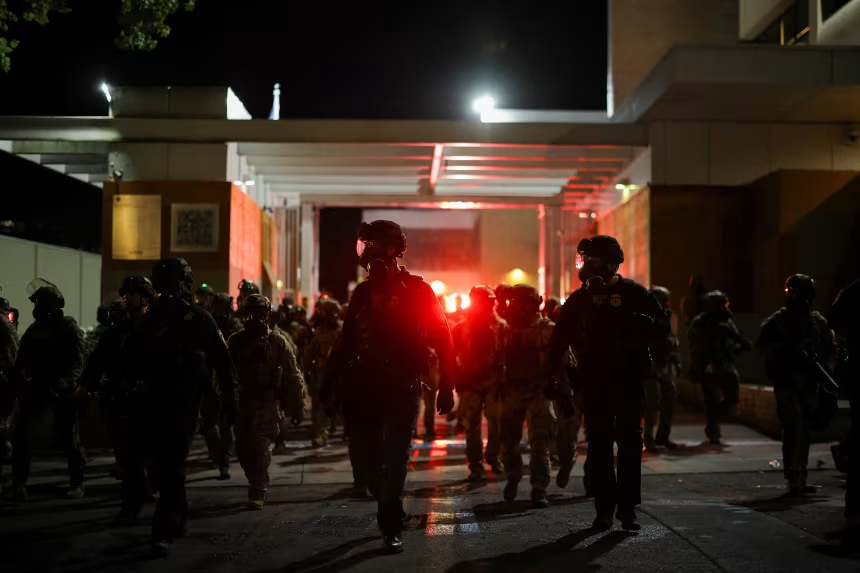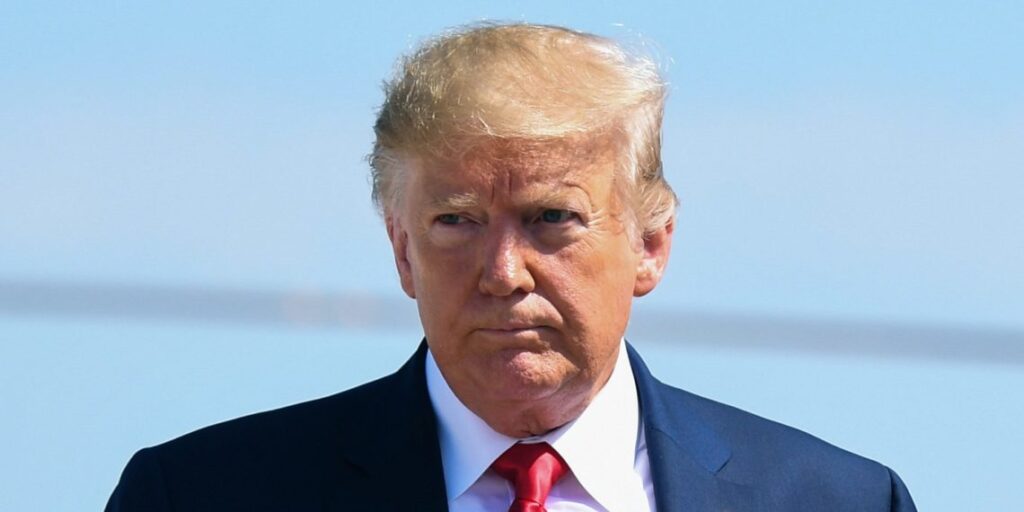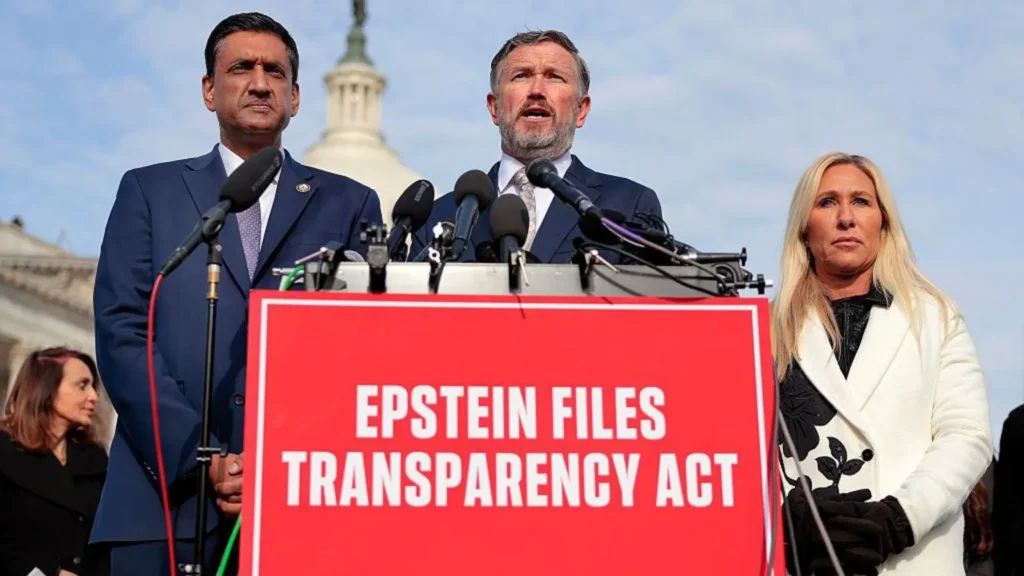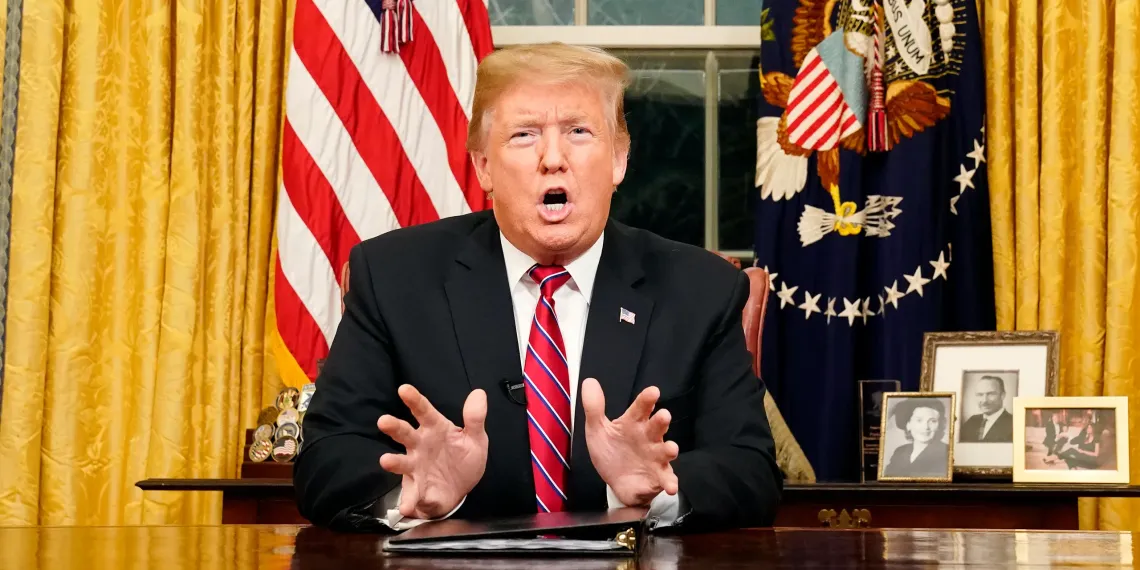Now Reading: Democrats Struggle After Historic Shutdown Yields Minimal Gains
-
01
Democrats Struggle After Historic Shutdown Yields Minimal Gains
Democrats Struggle After Historic Shutdown Yields Minimal Gains

The 43-day US government shutdown has ended, but for Democrats, the political fallout may be longer lasting. Federal workers will start receiving back pay, national parks and government services will reopen, and air travel will stabilize. Yet the party’s key objectives, particularly on healthcare subsidies for low-income Americans, remain largely unresolved.
The shutdown began after Senate Democrats used the filibuster to block a Republican-backed temporary funding measure, demanding extensions for expiring health insurance subsidies. When a small group of Democrats broke ranks to pass the bill, the concessions they secured were minimal—merely a promise of a Senate vote on the subsidies, with no guarantees from the House.
Criticism within the party has been sharp. Progressive Democrats accuse Senate leader Chuck Schumer of either complicity or incompetence, while mainstream figures, including California Governor Gavin Newsom, described the outcome as a “surrender” to Trump’s pressure.
President Trump framed the resolution as a political victory, congratulating Republicans for reopening the government and criticizing Democrats for their handling of the shutdown. While his approval ratings dipped slightly during the 43 days, Trump avoided significant concessions and maintains a clear political advantage with a year to prepare for midterms.
With the government temporarily funded until September, Congress must now address broader spending needs by the end of January to prevent another shutdown. Democrats face the challenge of reviving their policy priorities while managing internal dissatisfaction. Meanwhile, unresolved issues, like the healthcare subsidies, threaten to affect millions of Americans and loom as potential political flashpoints.





















